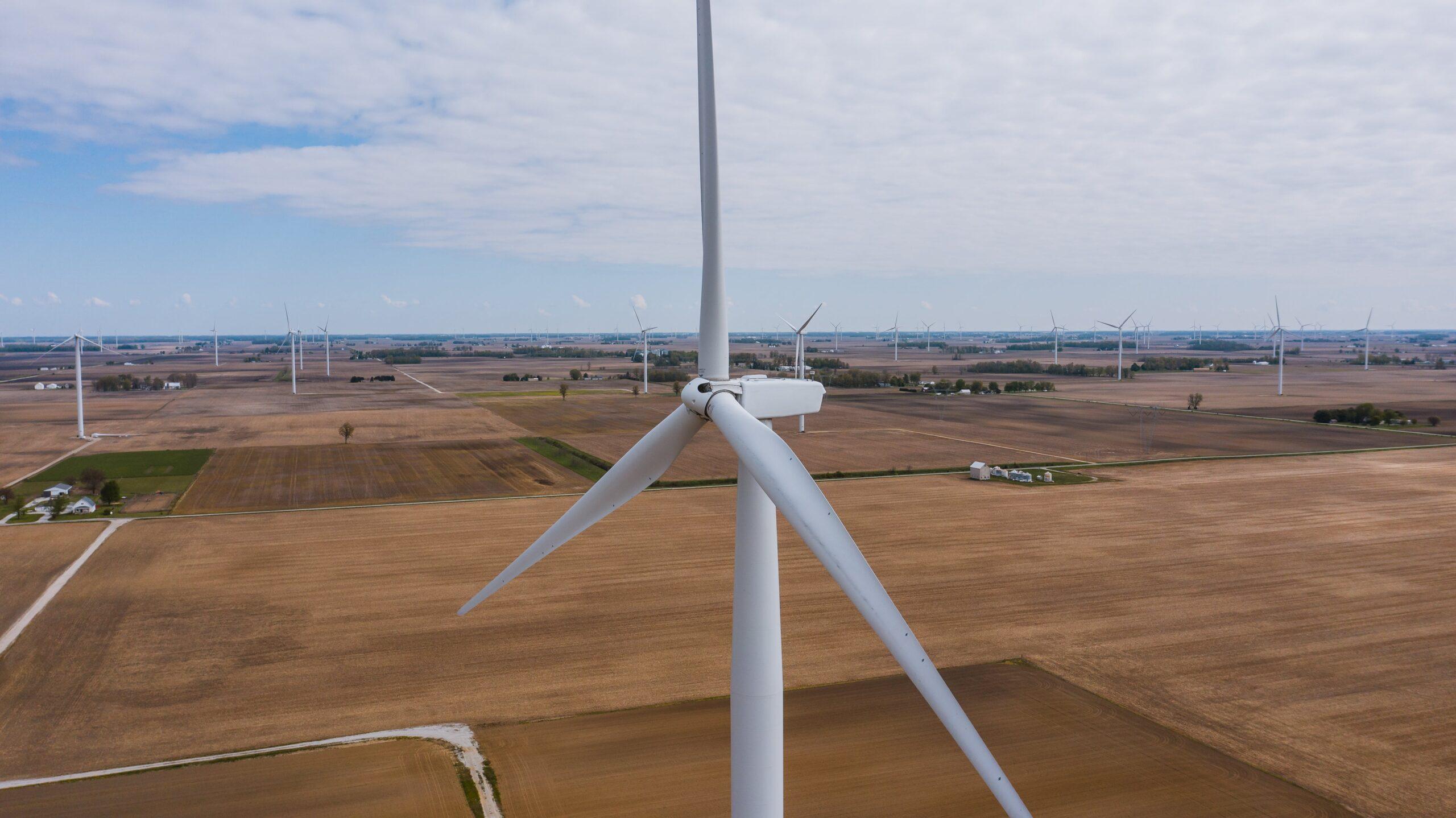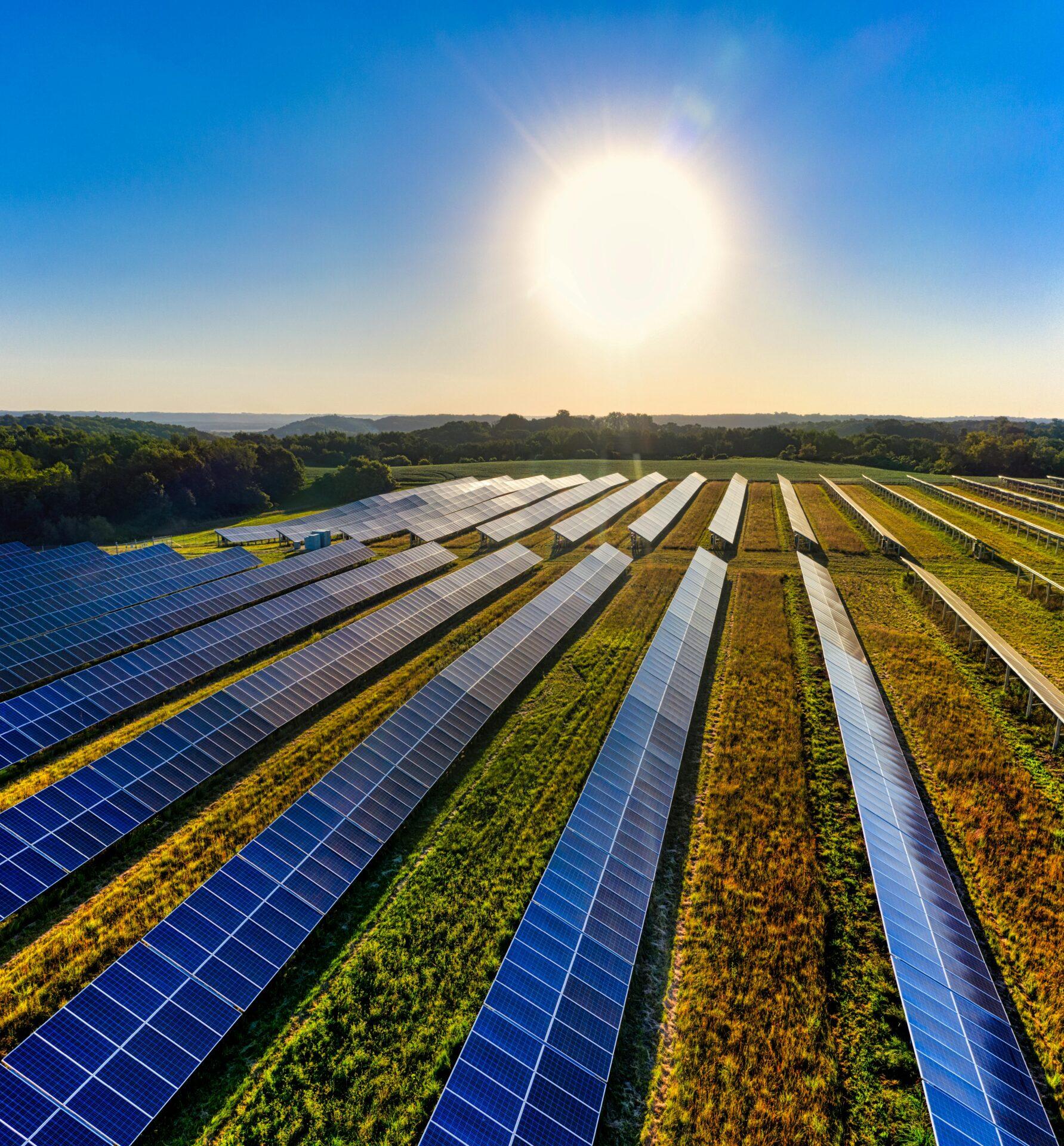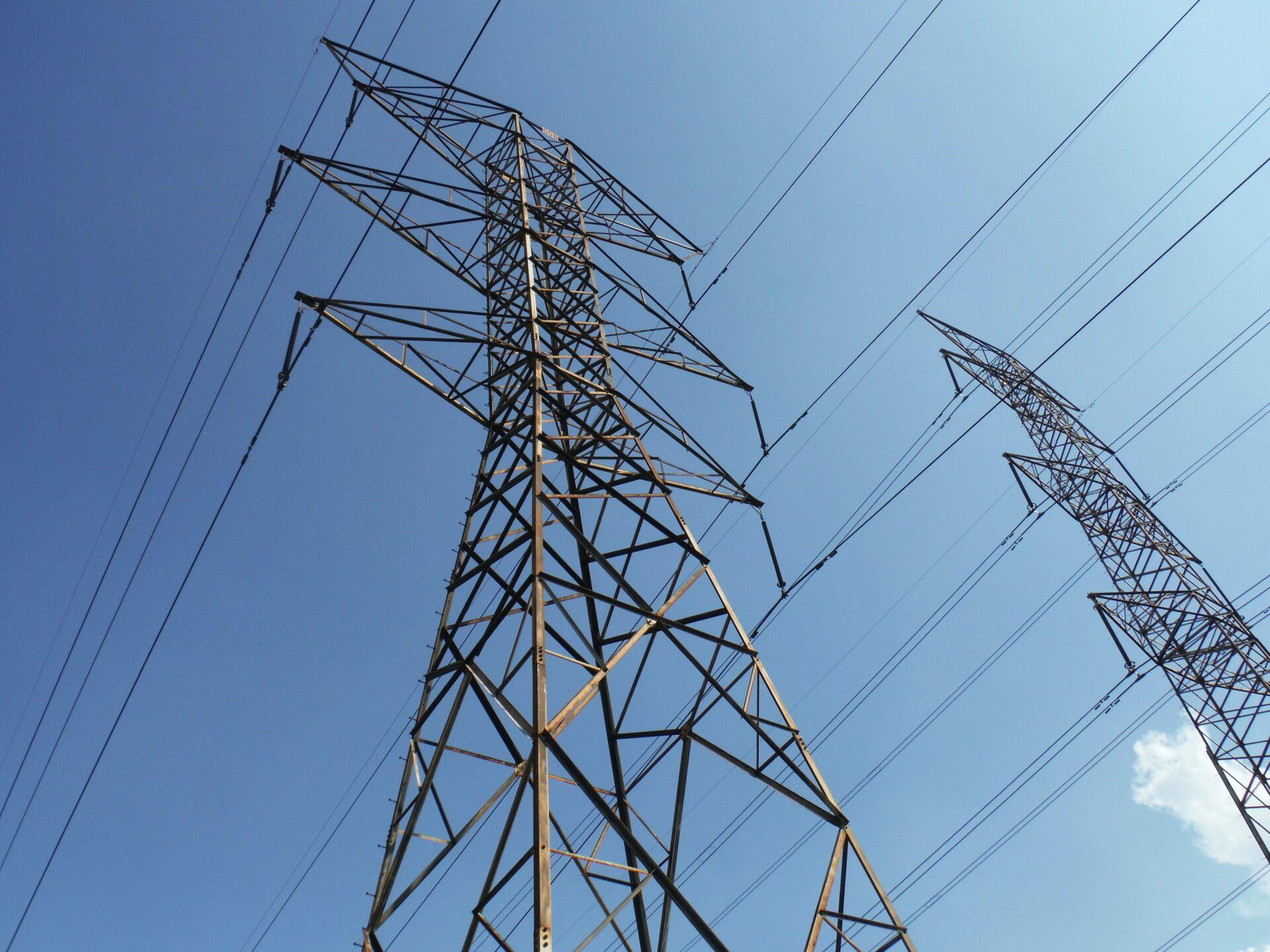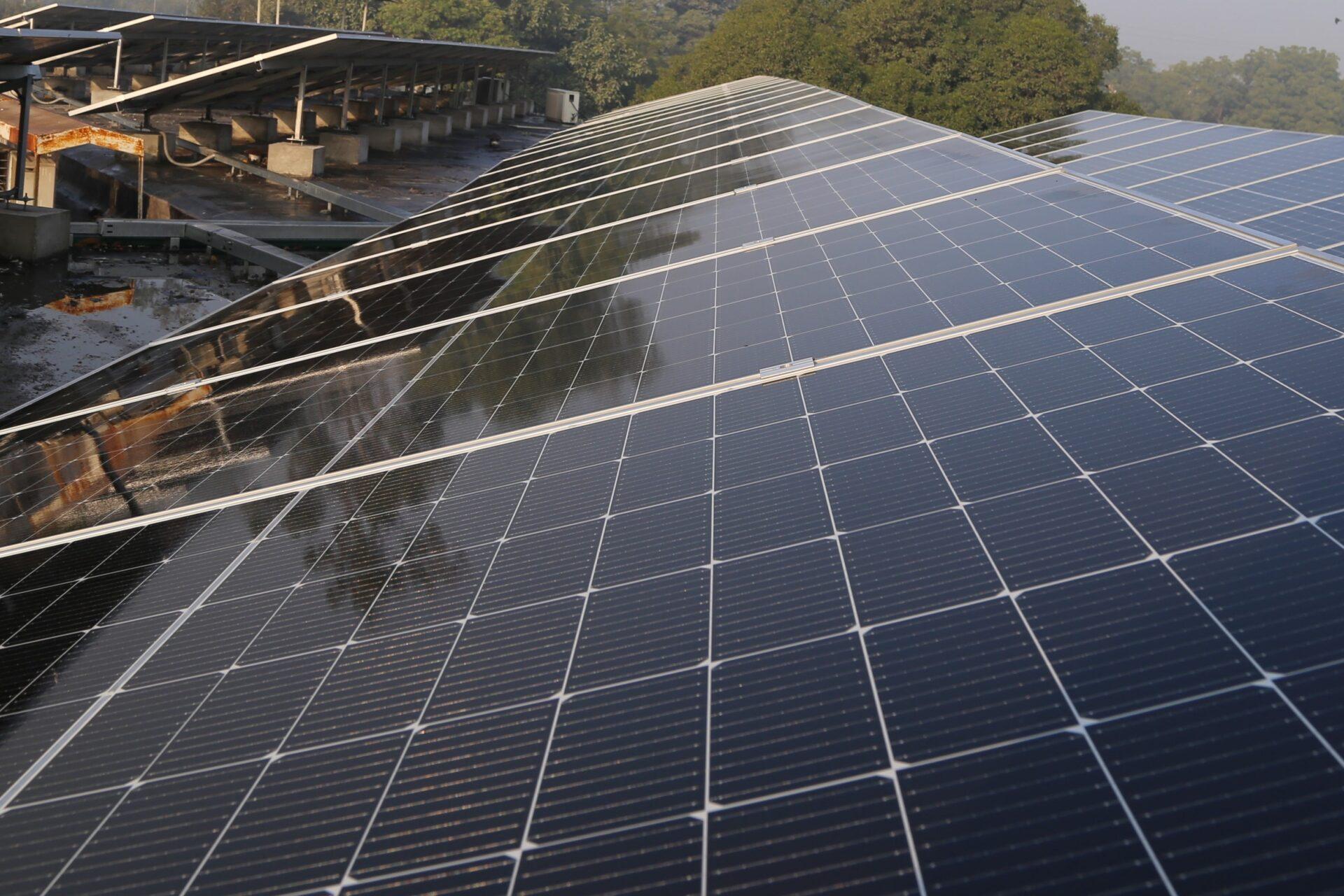
With the Australian Government’s target of having 82 per cent of our country’s energy delivered by renewable energy sources by 2030, it’s safe to say the future is looking very green.
But getting to this target – renewables currently only account for 35.9 per cent – will require an enormous amount of new infrastructure and this infrastructure requires enormous amounts of steel.
Think large-scale wind farms, some of which are expected to have 200 plus wind turbines with each turbine base requiring approximately 100 tonnes of reinforcing steel, so 20,000 tonnes of reinforcing. And that is just one onshore wind farm, there are around 140 wind farm projects in development set to come online in the next 15 years.
The large-scale solar sector is just as significant with a forecasted 100,000 tonnes in tube and a further 100,000 tonnes of structural steel per year required for the foreseeable future. Each megawatt (MW) of a solar farm requires between 30-35 tonnes of steel to build it. So, just one 100 MW farm will require around 3,500 tons of steel.

There is also a huge opportunity in the area of green hydrogen particularly with some very large projects on the drawing board in Western Australia and South Australia that could be game-changing opportunities for the steel industry if they go ahead.
To take full advantage of these substantial opportunities, and do so in a planned, coordinated and whole-of-business approach, InfraBuild has established a renewables working group consisting of InfraBuild’s General Manager of Business Development, Mark Lewin; National Business Development Manager, Duane Cornish; and Manager of Business Development for Power Generation, David Zorzi.
The team have been set the task of determining just exactly what and how big the opportunities are including how much steel is going to be required by the various types of renewable energy, mainly solar, on and offshore wind farms, and hydrogen generation up until 2030 and then beyond to 2050.
In addition, they are working with people from across the organisation to nut out just exactly what capability InfraBuild currently has or will need to build – be it facilities, products, skills, knowledge and relationships – to participate in those market sectors.

“We can currently supply some of the products to some of the segments but what we are looking at is how can we holistically build a suite of products and services that will allow us to participate in the renewables segment much more fully,” said Mark.
For example, InfraBuild Reinforcing is looking into developing smarter designs for wind tower bases. This includes the potential to move from octagonal to circular bases, integrate our new high-strength SENSE 600 reinforcing bar to reduce mass and potentially transport costs, and simplified bar shapes that could make them easier to manufacture.
“The working group is thinking strategically and cross-organisationally about how we position ourselves for the growth of the renewables market. There is a very substantial pipeline of projects, and a lot of those projects will need to be delivered if the Government is to reach its 2030 target. We need to ensure InfraBuild is part of the supply chain to meet the demand,” said David.
David also shared how some of the challenges for the reinforcing business to tap into the renewables market more fully relate to location and logistics.
“InfraBuild’s reinforcing business is very capital city focused servicing the big infrastructure projects plus high-rise developments, hospitals and other social infrastructure mainly in the capital cities. So, the challenge for us is that the substantial pipeline of work coming in the renewables space is all regionally based. Part of what the working group is understanding how we ensure we are ‘match fit’ to be able to service some quite substantial regional projects,” said David.

Although InfraBuild’s large regional footprint with 113 retail and processing sites across the country is advantageous to other parts of the business, like Steel and Tube, when it comes to renewables, David explained, “For Reinforcing we can’t necessarily retrofit into the existing branch network due to the size of the equipment required”.
On top of this many of the transmission lines and in turn wind farms slated to be built in Eastern Australia will be located at the very tops of the Great Dividing Range.
“Having to physically deliver to the ridge lines of the Great Dividing Range is going to be challenging, to say the least,” said David.
In the Steel and Tube space, the team are primarily focused on large-scale solar and transmission towers, while also investigating how InfraBuild can play a part in the wind tower segment, given that plate is not a part of our integrated supply chain.
Duane explained that another area that could be a game changer and being monitored by the working group is the local content policies of the various state governments.
“The Victorian Government have mandated 95 per cent of the steel used in solar farms constructed in that state must be Australian-produced steel. Rules around local content will play a critical part in where, how and how much InfraBuild will invest in different locations.
“There are inconsistencies with the state’s local content policies. We’re advocating for some sort of federal-level policy, similar to what America has done,” said Duane.
Duane also highlighted that using Australian-made steel in the burgeoning renewables market, and not having to rely on other countries, was of importance to our country’s sovereign capability and that this is something all levels of government appear mindful of and will act in favour of Aussie steel.
Please contact us for any feedback or media enquiries about this content.
Subscribe to the
InfraBuild newsletter
Receive regular updates on news, case studies as well as the latest products and services.
